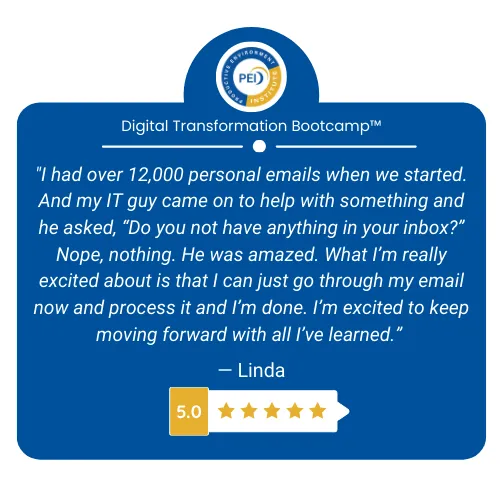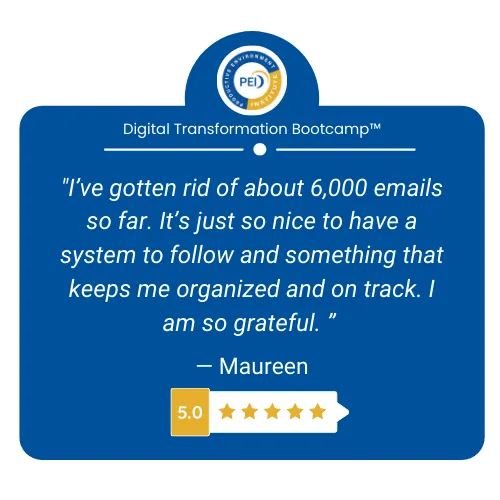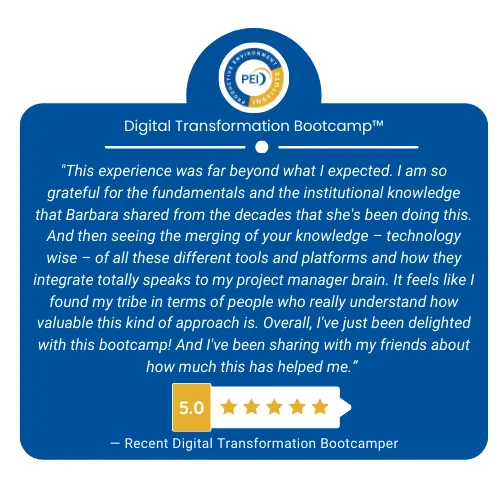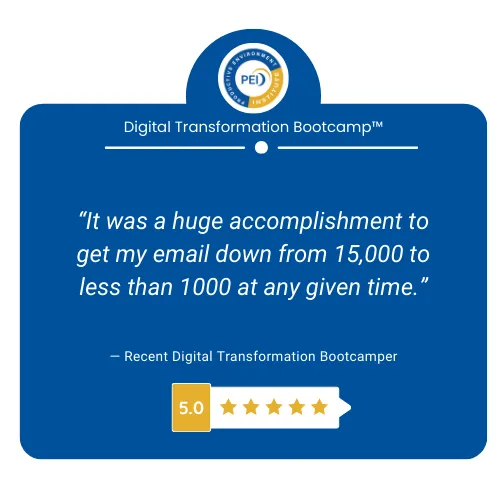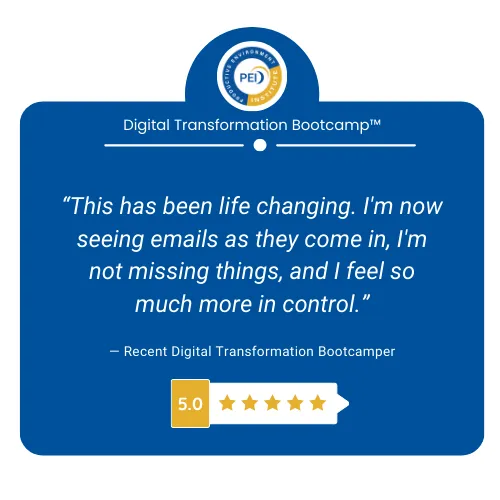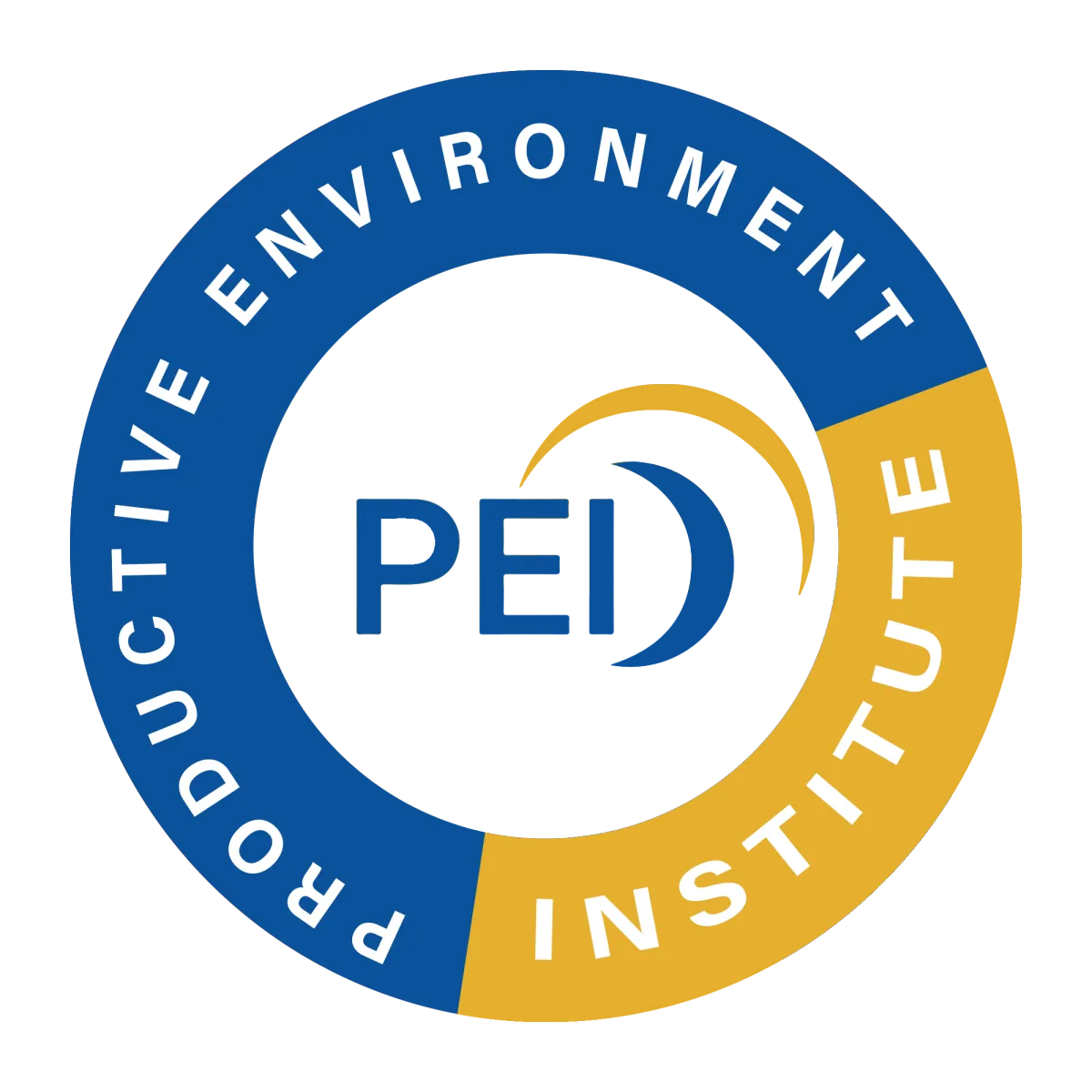
Less Digital Clutter More Life
for Entrepreneurs, Professionals, & Retirees with Digital Clutter
(email inboxes, computer desktops, hard drives & cloud drives)
As Featured In:




As Featured In:





In this webinar, you will learn:
How overflowing email inboxes and disorganized computer files can negatively impact your productivity, stress levels, and overall well-being
Effective strategies to streamline your email inbox and declutter your computer and cloud files (Dropbox, Google Drive, Microsoft OneDrive, iCloud, etc.)
The 5 Step Productive Environment Process™ to help you get and stay organized
How to easily find what you need within seconds
How to optimize what you’re currently doing to get more done in less time
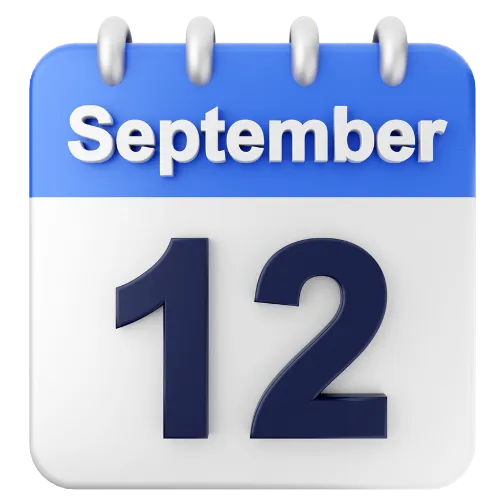
Replay Available!
We know what works, what doesn’t, and why
based on 46+ years of refining the process with thousands of clients just like you.
When you attend this webinar, you will learn how you can organize your digital workspace and information,
so you can accomplish your work AND enjoy your life!
Hosted by:

Barbara Hemphill
Founder of Productive Environment Institute
Vision Accelerator: Author, Speaker, Coach, Consultant
Raleigh, NC
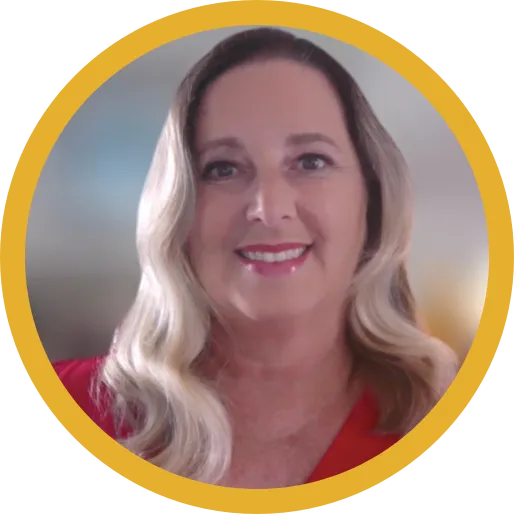
Andrea Anderson
CEO of Productive Environment Institute
Founder of Productive Environment Network™
Carolina Beach, NC
Hosted by:

Barbara Hemphill
Founder of Productive Environment Institute
Vision Accelerator: Author, Speaker, Coach, Consultant
Raleigh, NC

Andrea Anderson
CEO of Productive Environment Institute
Founder of Productive Environment Network™
Carolina Beach, NC
Clutter is Postponed Decisions® and Today’s Mail is Tomorrow’s Pile™
The same is true when it comes to email and digital computer files. But it’s a bigger, faster hidden mess!

If you feel:
Overwhelmed by a messy desktop and cloud files (Dropbox, Google Drive, Microsoft OneDrive, iCloud, etc.)
Inundated by emails (or you have 10k-500k+ emails in your inboxes)
Frustrated when you can’t find what you need between multiple accounts and drives
Afraid something will fall through the cracks
Anxious about losing or misplacing valuable information
Then this webinar is for you!
We’ll show you how to go from:
Overwhelmed to optimized
Inundated to in control
Frustrated to focused
Afraid to confident
Anxious to calm
This is also for you if you have a place for everything in your home and your office, but it’s another story when it comes to your computer, cloud, and inbox!
We’ve taken the same professional organizing and productivity principles we’ve used with our private clients over the last 46+ years and applied them to the Digital Space (hard drives, desktops, cloud services, and email inboxes).
And we want to share these principles and strategies with you, so you can accomplish your work AND enjoy your life!
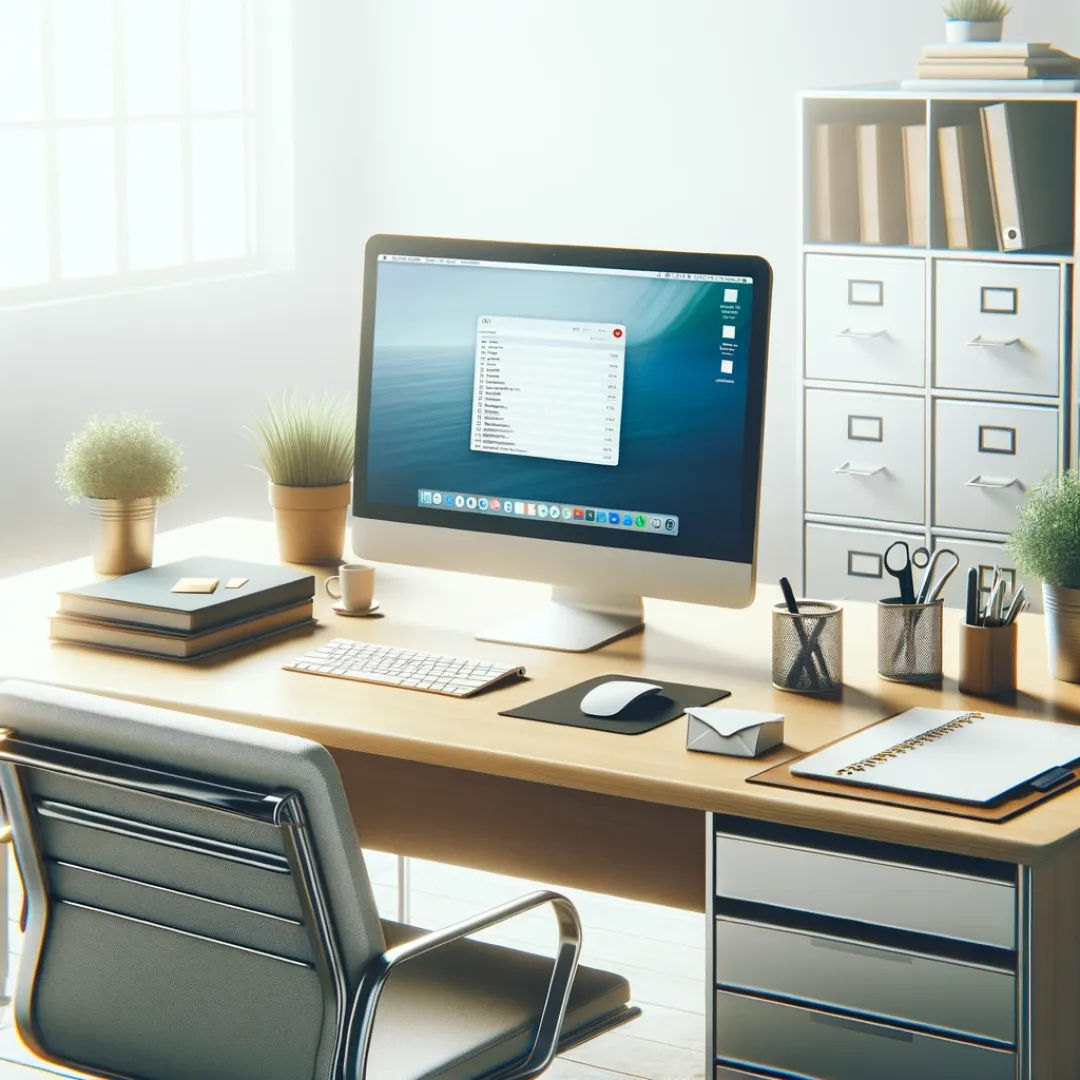
Over the last 46+ years, we’ve helped thousands of people like you to:
Design a workspace that works for you
Decide what’s most important and declutter the rest
Develop systems, habits and routines to maintain an organized space
We know we can help you, too!
Testimonials About Our
Digital Transformation Bootcamp
